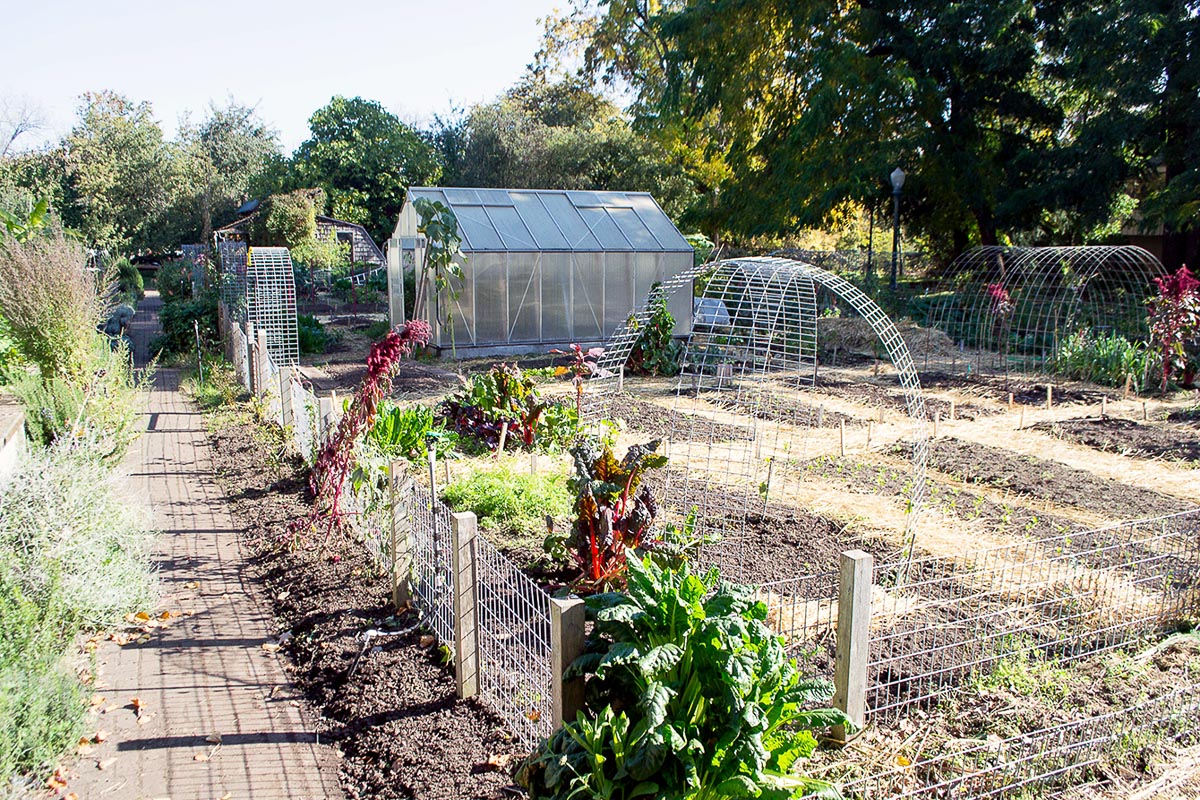A Biased View of City Blooming
Wiki Article
See This Report about City Blooming
Table of ContentsThe Main Principles Of City Blooming All About City BloomingThe Ultimate Guide To City BloomingCity Blooming Fundamentals ExplainedAll about City Blooming
Intrigued in growing food for sale in the City of Chicago? Thinking of beginning a community garden? Modifications to the Chicago Zoning Statute allow agricultural uses like community gardens and metropolitan ranches in lots of parts of the city. Below is a checklist of often asked concerns relating to the rules and regulations that cultivators should consider when intending a metropolitan agriculture task.
The zoning modification does not change any type of various other codes taking care of composting, building authorizations, acquiring or leasing City owned residential or commercial property, organization licenses or environmental contamination. There are existing codes that control these problems and they continue to be completely result and may be applicable to your job. Neighborhood yards are normally owned or taken care of by public entities, civic companies or community-based companies and preserved by volunteers.
Urban farms expand food that is intended to be marketed, either on a nonprofit or for-profit basis. Due to their industrial function, city ranches call for a business permit. Yes. A community yard is allowed to market excess generate that was expanded on site if the sales are accessory or subordinate to the garden's key purpose explained above.
The Basic Principles Of City Blooming
The quantity of compost product can not surpass 25 cubic lawns at any provided time according to the criteria in 7-28-715 of the City's Municipal Code. Due to the fact that the soil at a lot of new yard websites requires changing, compost, soil, timber chips, or various other materials can be gotten to construct or improve the expanding room.
If a structure authorization is needed then the hoophouse will be thought about an accessory structure. You can discover even more concerning the building authorization needs by contacting the Division of Buildings. The 25,000-square-foot dimension restriction is meant to stop a single neighborhood garden from dominating an offered block or diminishing the block's existing residential or commercial personality.
The limitation does not put on yards found in Public Open Area (POS) areas. Can there be greater than one find more information community yard that is 25,000 square feet on a solitary block? Yes. The dimension restriction puts on individual gardens, not to specific blocks. No. Fence is not required, however, gardens that have huge parking lot may be called for to mount fencing or various other landscape design functions.
The Facts About City Blooming Uncovered
B1 & B2 districts call for that all commercial use tasks be carried out inside. Is fencing needed for city ranches? Fences might be required, along with landscaping and testing, for particular car parking areas and outdoor work or storage space locations depending on location and the specific activity taking area.Urban farms require structure authorizations and zoning authorizations prior to building and construction (City gardening). Various other kinds of city evaluation might be called for depending on certain structures, activities, size, landscaping, licensing, public health and stormwater administration issues.
The Department of Business Affairs and Customer Protection can help establish the particular type of company license that's required. Off road car parking is needed for many industrial jobs in Chicago. The called for number of car park spaces is based on the number of workers working on website and not the square video of the expanding area.
Some Known Questions About City Blooming.

An urban ranch can sell compost product created on website, nonetheless, the procedure must comply with the regulations in 7-28-715 of the Chicago Municipal Code. Aquaponic systems are enabled indoors on city ranches in many zoning districts.
Up to five hives or colonies of honey might be kept as an accessory use. Beekeepers must register with the Illinois Division of Farming. To find out more about the recommended zoning change you may call the Division of Real Estate and Economic Advancement, Bureau of Planning and Zoning at 312.744.8563.
Farming in cities and urban locations A city farm in Chicago. Urban agriculture refers to various techniques of growing. https://ca-san-francisco.cataloxy.us/firms/cityblooming.com.htm, handling, and dispersing food in city areas. The term also applies to the area tasks of animal husbandry, aquaculture, beekeeping, and horticulture in a metropolitan context. Urban farming is differentiated from peri-urban farming, which takes place in country locations at the edge of suburban areas.
The Main Principles Of City Blooming
It can entail an activity of organic cultivators, "foodies" and "locavores", who look for to create socials media based on a common values of nature and community holism. These networks can create using official institutional support, becoming integrated right into neighborhood town preparation as a "shift town" activity for sustainable urban development.The a lot more straight accessibility to fresh vegetable, fruit, and meat products that may be realised through city farming can enhance food security and food security while reducing food miles, causing lower greenhouse gas emissions, therefore contributing to climate change mitigation. Several of the first evidence of urban farming originates from Mesopotamia.
Report this wiki page